The basics of aquarium filtration
Introduction to Aquarium Filtration
Setting up a thriving aquarium starts with understanding the importance of aquarium filtration. Filtration is essential for maintaining a healthy aquatic environment by keeping the water clean, clear, and safe for fish and other tank inhabitants. Without it, waste builds up, toxins accumulate, and your aquarium can quickly become an unhealthy space.
Filtration systems perform three critical roles: removing solid waste, neutralising harmful chemicals, and hosting beneficial bacteria. Whether you're a beginner or seasoned hobbyist, knowing how your filter supports the ecosystem is key to long-term success. Clean water isn't just about clarity—it's about the overall balance of the aquarium.
Understanding the Nitrogen Cycle
To truly grasp how do filters work, you need to understand the nitrogen cycle. Fish release waste into the water, which breaks down into ammonia—a toxic compound. A properly cycled filter supports colonies of beneficial bacteria that convert ammonia into nitrite and then into relatively harmless nitrate.
This biological process occurs primarily within the aquarium filter media, which provides the surface area needed for bacteria to thrive. Without it, toxic substances would build up rapidly, putting your aquatic life at serious risk. Understanding this process helps aquarists appreciate the role of consistent filtration in maintaining a healthy, stable tank.
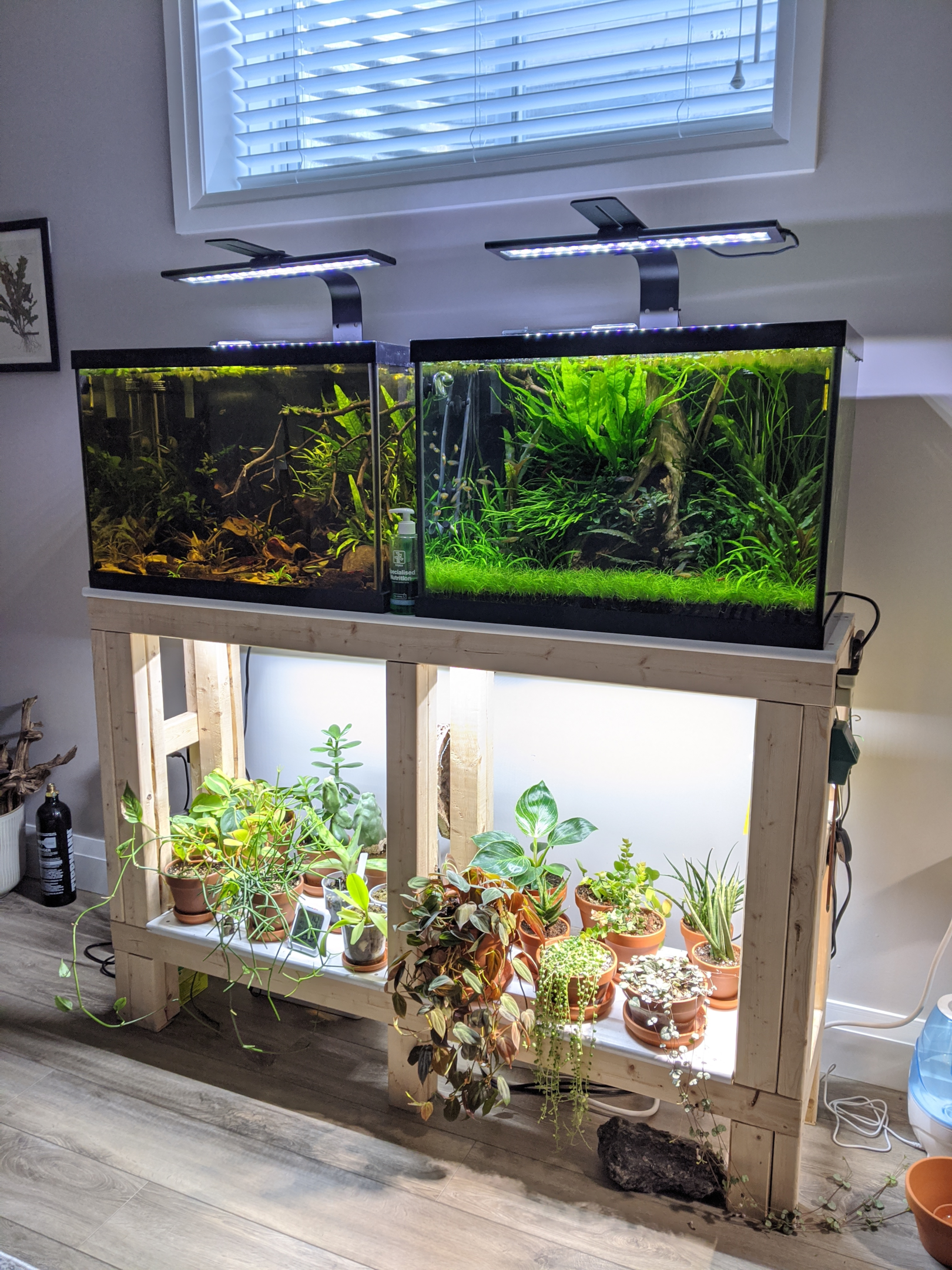
Mechanical, Biological, and Chemical Filtration
There are three main types of aquarium filters, each playing a unique role. Mechanical filters physically remove particles like uneaten food, plant debris, and waste. Biological filters cultivate bacteria that process toxic compounds, and chemical filtration aquarium setups use media like activated carbon to remove odours, discolouration, and residual chemicals.
Choosing the right combination of filtration types depends on your tank's needs. For most hobbyists, a layered approach using all three methods ensures water stays clean and clear. Each type supports the others to keep the ecosystem balanced and healthy over time.
Overview of Filter Styles and Designs
There are several aquarium filter types to choose from, including hang-on-back (HOB), canister, sponge, and internal filters. Each design has specific strengths and is better suited for different tank sizes or types. For example, sponge filters are ideal for breeding tanks, while canisters are excellent for large, heavily stocked setups.
An aqua filter aquarium setup might include advanced features like multiple media chambers, flow rate adjustment, or even UV sterilisation. It's important to match the filter to your specific setup, taking into account the size of the tank, the number of fish, and whether you have live plants or sensitive species.
Types of Aquarium Filters
There are several popular filtration styles used in home aquariums, with each offering its own advantages. Canister filters are known for their high capacity and ability to house multiple layers of filter media, making them ideal for larger tanks or those with heavy bioloads. On the other hand, HOB filters (hang-on-back) are convenient, space-saving, and easy to maintain—great for beginners and smaller setups.
Some aquarists also use gravel filters, which pull water down through the substrate, utilizing the entire tank bottom as biological filtration. These are often overlooked but can be effective when maintained properly. Choosing the right filter system depends on your tank's needs, the number of fish, and your willingness to engage in regular maintenance.
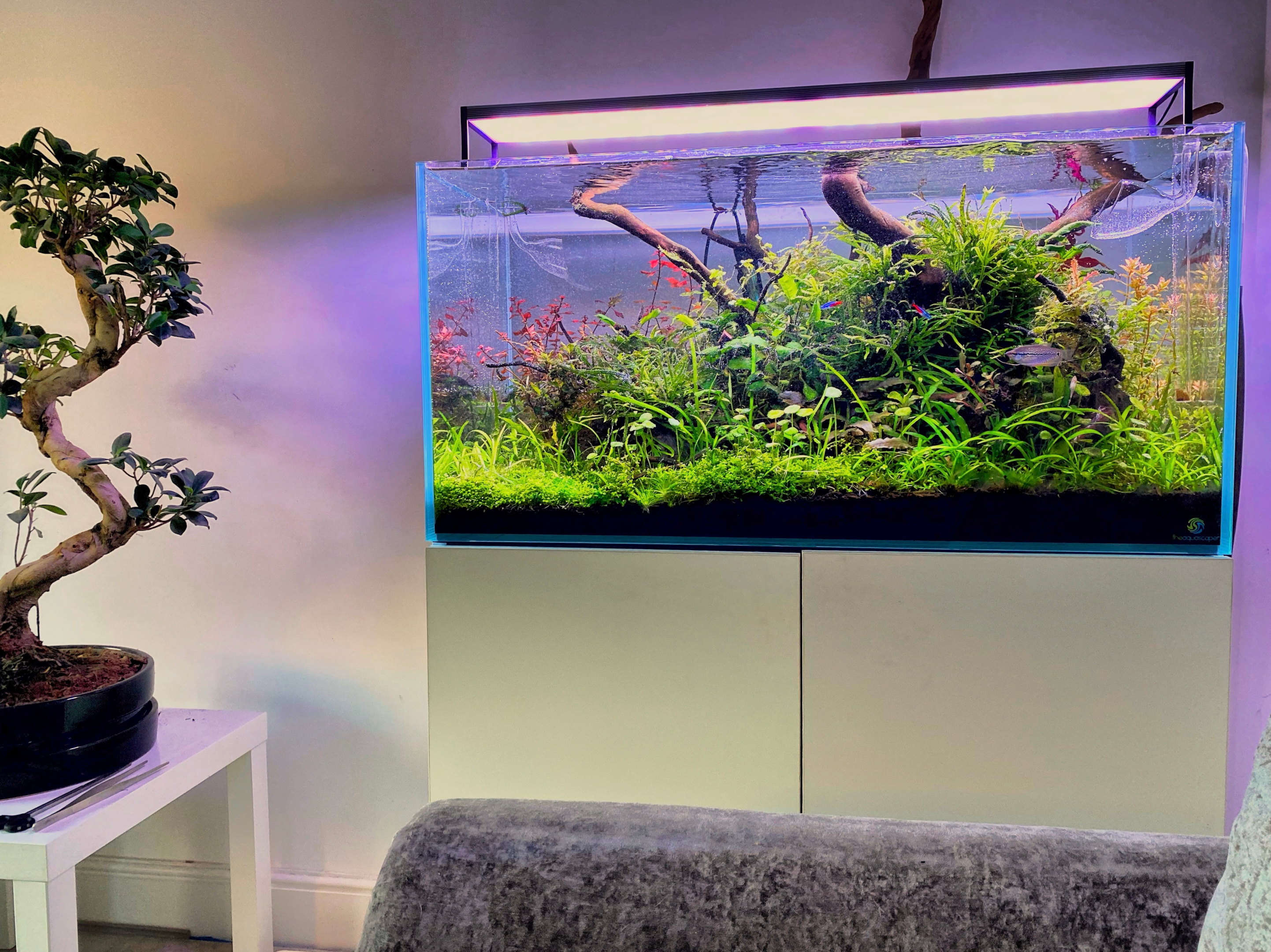
Filter Media: Inside the Filtration Engine
What goes inside a filter is just as important as the filter itself. The most effective filters use a combination of mechanical filtration, biological filtration, and chemical filtration to keep water clean. Mechanical sponges or pads trap solid debris, while ceramic rings or bio-balls provide surface area for beneficial bacteria to grow.
For chemical filtration, activated carbon is commonly used to remove odours, discolouration, and harmful substances like medications or chemicals. Understanding how different filter media work together allows aquarists to build a custom filtration approach suited to their unique tank environment. Proper layering maximises effectiveness and extends the life of your aquarium filtration setup.
Mechanical Filtration: The First Line of Defence
Mechanical filtration is the process of physically removing solid debris from the water, such as uneaten food, plant matter, and waste products. Sponges, filter floss, and pads are the primary components used to catch particles as water flows through. This type of filtration prevents clogging in other stages and helps maintain clear aquarium water.
Although mechanical filtration doesn't remove toxins, it's essential in preventing the buildup of dissolved waste, which can break down and affect ammonia levels. Regular cleaning of mechanical filter parts ensures proper water flow and avoids putting extra strain on your system. It's a crucial step in building a balanced filtration strategy.
Biological Filtration: The Heart of a Healthy Tank
Biological filtration is arguably the most important part of any aquarium filtration system. This method uses colonies of beneficial bacteria that live on surfaces within your tank and filter to break down toxic waste products like ammonia into safer substances. Without these bacteria, even a spotless tank can become deadly in days.
Materials like bio-rings, ceramic noodles, and porous sponge provide an ideal home for these microbes. As water passes over these surfaces, the bacteria convert dangerous chemicals into nitrate, helping to maintain a healthy aquarium. The strength of your biological filtration directly affects the long-term stability of your aquatic environment.
Chemical Filtration and Its Role
Chemical filtration plays a supporting but critical role in maintaining pristine aquarium water. This process removes impurities that mechanical and biological methods can't, including odours, discolouration, and traces of harmful substances. The most commonly used material for this is activated carbon, which binds to pollutants as water flows through the filter.
While it’s not always necessary in every setup, chemical filtration is especially helpful after treatments or when starting a new tank. It helps stabilize water flow and clarity, creating an environment where both fish and plants thrive. For best results, chemical media should be replaced regularly as it becomes exhausted over time.
Canister Filters vs. HOB Filters
When it comes to external filtration systems, the debate between canister filters and HOB filters is common among aquarists. Canister filters typically offer more space for layered media and powerful flow, making them ideal for larger or heavily stocked tanks. They also tend to be quieter and more customisable.
HOB filters, on the other hand, are easier to install and maintain, making them great for beginners. They provide effective mechanical filtration, and many also support biological filtration with built-in bio-wheels or sponges. Each has its place, but both contribute significantly to efficient and balanced filtration systems.
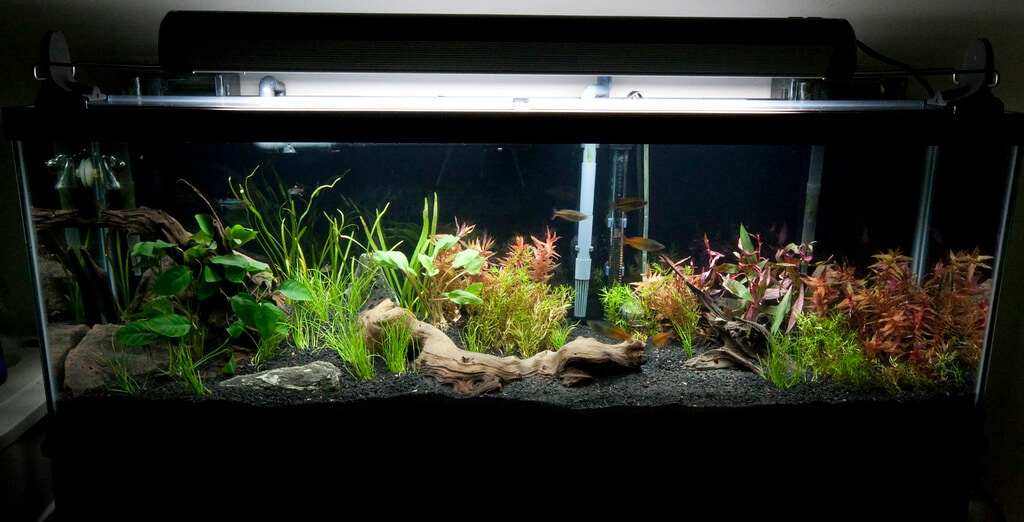
Importance of Regular Maintenance
Regardless of the type of filter system you use, regular maintenance is vital for ensuring that your aquarium filtration system continues to operate efficiently. Over time, even the best mechanical filtration and biological filtration systems will accumulate debris, waste, and bacteria, all of which can decrease the filter’s effectiveness.
Cleaning filter media, checking for ammonia levels, and ensuring that the water flow is adequate should be part of your routine tank care. Regular maintenance also helps prevent blockages, reducing the likelihood of dissolved wasteand harmful substances building up in the tank, ensuring a healthier environment for both your fish and plants.
The Role of Substrate in Filtration
The substrate in your tank, whether gravel, sand, or other materials, also plays an important role in aquarium filtration. It provides a home for beneficial bacteria, especially in biological filtration, where bacteria colonise and help break down toxins. A well-maintained substrate can reduce the amount of organic waste in the tank and support the health of both plants and fish.
In certain setups, a gravel filter or undergravel filter is used to help move water through the substrate, enhancing filtration. This promotes the removal of waste products and maintains stable water chemistry. The right substrate can aid biological filtration and ensure that the filtration system works effectively, helping to maintain a balanced ecosystem.
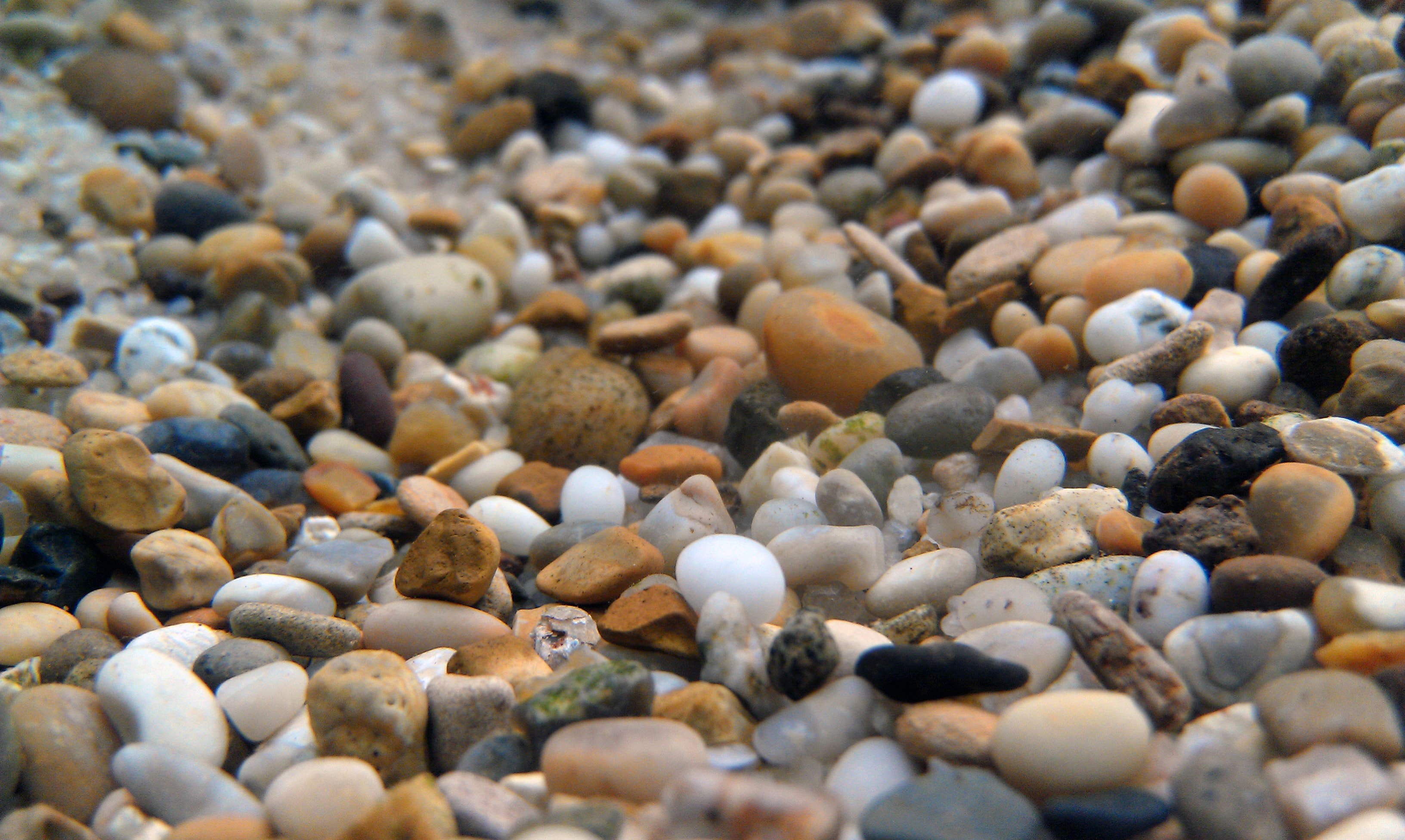
Adjusting Filtration for Different Tanks
Adjusting your filtration system according to your tank's needs is essential for maintaining a balanced aquatic environment. For example, in a heavily planted tank, you'll want to prioritise biological filtration, as plants help absorb some of the nutrients and waste products. If you have a tank with sensitive species, a more gentle water flow is necessary to prevent stress.
Similarly, tanks with a higher bioload—such as those housing numerous fish—may require a stronger filter system to manage the increased waste products. Make sure to adjust the filter media accordingly, ensuring it can handle the volume and types of waste produced. Regular monitoring of ammonia levels and nitrate levels will help guide adjustments to keep your aquarium balanced.
CO2 Injection and Filtration in Planted Tanks
In planted aquariums, CO2 injection systems are often integrated with the filtration setup to promote plant growth and maintain healthy aquarium conditions. The filter media in these tanks helps maintain water clarity, while CO2 provides the necessary nutrients for photosynthesis. Combining CO2 with a robust filtration system ensures that plants have both the environment and the nutrients they need.
When integrating CO2 systems, be sure that your aquarium filtration system doesn’t disrupt the CO2 levels in the tank. For example, a strong water flow from a canister filter might cause excessive gas exchange, reducing CO2 efficiency. It’s important to find the right balance so that both plants and fish thrive in a stable environment.
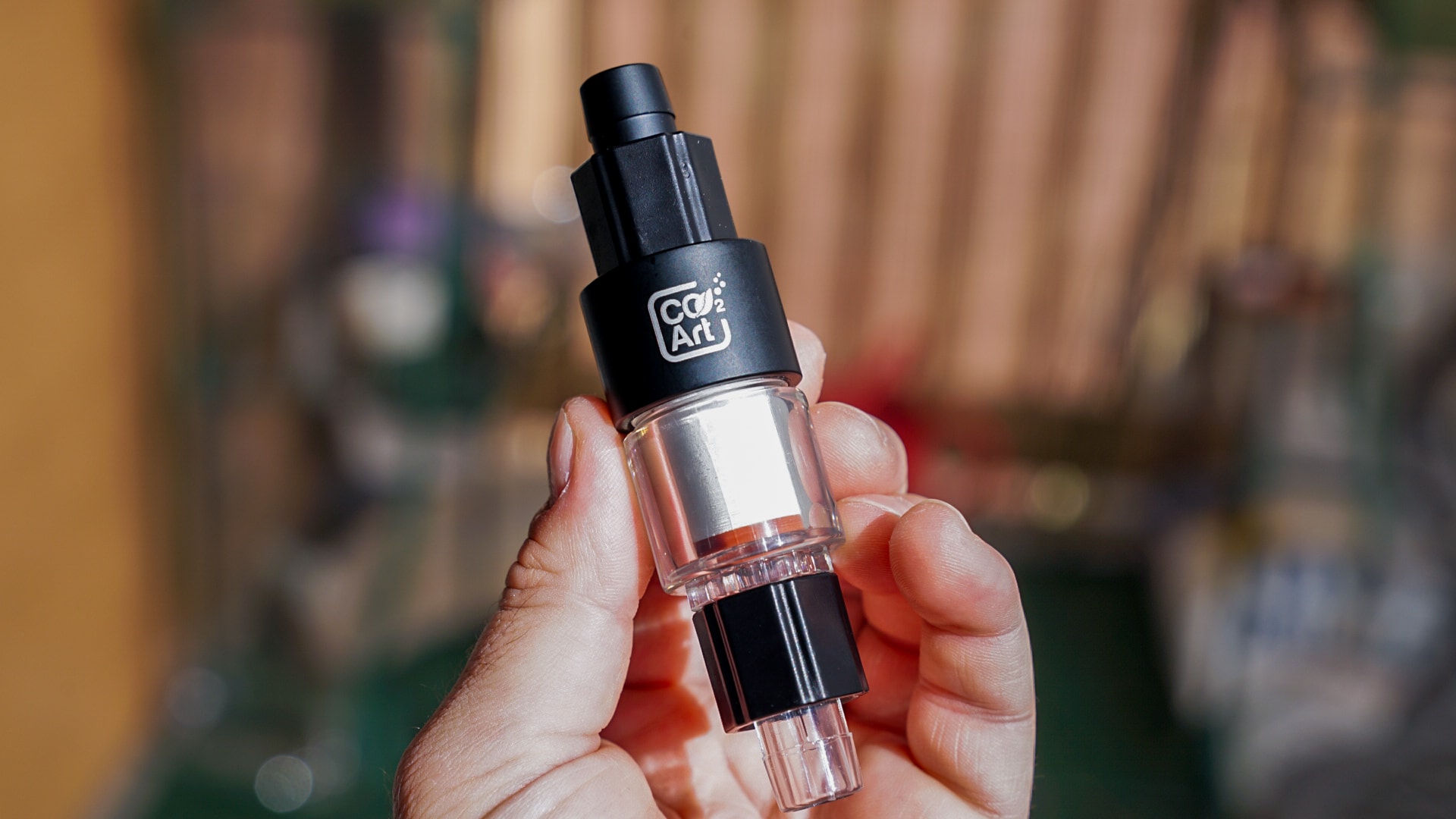
Conclusion: The Importance of Proper Aquarium Filtration
Proper aquarium filtration is crucial for maintaining a healthy and thriving aquatic environment. Whether you're using a canister filter, HOB filter, or a combination of filtration types, ensuring that you provide effective mechanical filtration, biological filtration, and chemical filtration is essential for the long-term health of your aquarium. Each component plays a specific role in cleaning the water, promoting beneficial bacteria growth, and removing harmful substances.
Regular maintenance, such as cleaning filter media, monitoring water flow, and adjusting for your specific tank setup, will keep your filtration system working efficiently. Additionally, understanding the unique needs of your aquarium—whether it’s a freshwater setup, a heavily planted tank, or a fish-only aquarium—allows you to optimize your filter system for the best results. A well-maintained filtration system contributes not only to the clarity of your water but also to the overall health and well-being of your fish and plants.
Meet our bestseller! The Pro-Elite Series Complete Aquarium CO2 System with New Inline CO2 Diffuser!




